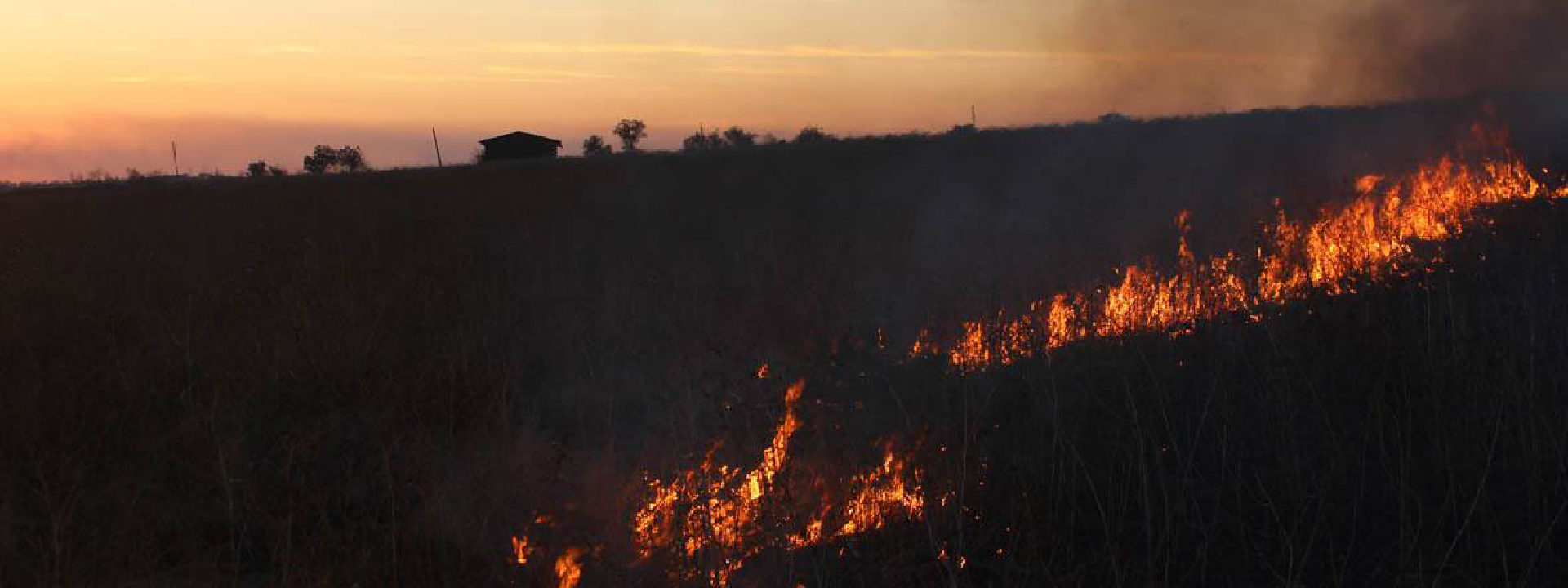Ceasefire Shelling in Civilian Centers
Heavy weapons banned by the Minsk agreements continue to damage civilian areas in easternUkraine
Ceasefire Shelling in Civilian Centers

Heavy weapons banned by the Minsk agreements continue to damage civilian areas in eastern Ukraine

Heavy shelling damaged civilian areas across the line of contact over the weekend, in violation of the “back to school” ceasefire that began on August 25. While the “back to school” ceasefire did not install an effective full cessation of fire, kinetic activity markedly decreased across all areas and remains relatively low in comparison to the amount of fighting in the first half of 2017. Despite low levels, fighting continued and and caused significant damage to civilian areas in the crossfire.
Hnutove, Talakivka, and Pikuzy
On October 3, the Press Center of the Ukrainian Anti-Terrorist Operation (ATO) reported shelling from a Minsk-banned 122mm “Grad” multiple-launch rocket system (MLRS), causing a fire in an agricultural field near neighboring government-controlled Talakivka and Hnutove, both of which are located in the Donetsk Oblast. Fires like this one — both from the conflict and natural causes — have raged throughout Ukraine during the summer, causing extensive damage to farms and residential areas along the contact line.

As @DFRLab extensively reported, in many cases of residential damage and shelling-related fires, it is likely that forces were targeting military positions in the area. In other words, very few attacks damaging civilian lives and property are intentionally targeting these affected areas. Due conflict’s location, civilians are frequently victim to crossfire. Critical infrastructure, residential buildings, and other civilian areas are also often in the crossfire, as indiscriminate heavy weapons that are banned by the Minsk agreements fail to hit only military positions. Even if the operators of these weapons have no intention of damaging civilian areas, the very nature of the indiscriminate heavy weapons banned by the Minsk agreements makes it nearly impossible to avoid collateral damage.
The indiscriminate nature of heavy weapons banned by the Minsk agreements makes monitoring and measuring their usage and aftermath, particularly in civilian areas, vital to the agreements.
In the following two examples, military positions are scattered in the areas around these government-controlled towns adjacent to the contact line. Using Google Earth’s historical imagery feature, we show the development of these heavy weapons positions below. MLRS Grads are notoriously indiscriminate weapons, which is — again — a large reason why they are banned by the Minsk agreements. This common artillery system causes extensive damage to large areas versus specific targets and frequently causes collateral damage to civilian areas.


The Organization for Security and Co-operation in Europe’s Special Monitoring Mission (OSCE SMM) to Ukraine reported residents in non-government-controlled Pikuzy (formerly Kominternove), Donetsk Oblast, gave the SMM a letter also addressed to the United Nations and International Committee of the Red Cross (ICRC) outlining difficulties faced by civilians. The residents requested immediate withdrawal of armed men and weapons from the residential areas around their village. At the time of the letter, the SMM observed two armed men in the village, and the monitors previously reported on the presence of military-type vehicles and trenches in the town. New trenches were observed as recently as early-September. Pikuzy is just east of Hnutove and Talakivka’s agricultural fields.

Dokuchaievsk
https://www.youtube.com/watch?v=joi5wic1AsI
The OSCE SMM reported extensive damage to civilian areas including a hotel, gas pipeline, and residential buildings in non-government-controlled Dokuchaievsk, Donetsk Oblast. Damage was assessed to be caused by fire from a BMP-2 30mm infantry fighting vehicle (IFV) from both west and south directions. In a video produced by the “Press Center” of the so-called Donetsk People’s Republic (DNR), residents show damage in their apartments from the incident.
The so-called DNR “Press Center” posted some of the affected addresses on Facebook:
→ ul. Gaydara 3 (apartment 1)
→ ul. Stasyuka, 6
→ ul. Lenina 104 (apartment 67), 100 (apartment 58), 112 (apartment 86), 106
→ ul. Krepkogo 2 (three apartments)
→ ul. Nezavisimosti 16
→ ul. Tsentralnaya 23
→ ul. Tsentralnaya 38/4
Additional addresses were noted by the OSCE SMM.
Similar to other cases of damage to civilian areas, fire was likely intended for military positions near, and embedded in, the city. Google Earth satellite imagery from 2016 shows possible military positions behind affected residential buildings.

Donetsk
From September 30-October 3, several residential buildings in non-government-controlled Donetsk city were damaged from crossfire. The so-called DNR reported one civilian injury as a result of shelling.
Affected addresses include (as reported by the so-called DNR):
→ ul. Marka Ozernogo, 29, destroyed
→ ul. Marka Ozernogo, 31, damaged roof
→ ul. Marka Ozernogo, 54, destroyed kitchen, damaged roof
→ ul. Marka Ozernogo, 56, damaged roof
→ ul. Marka Ozernogo, 42, damaged roof, partially destroyed (shelled on multiple days)
→ ul. Marka Ozernogo, 38
→ ul. Lukyanenko, 18, damaged kitchen
→ ul. Livonevskogo, 67
→ ul. Ratsionalizatorov, damaged roof

Conclusion

These are a few of the more severe shelling incidents in the past week — other incidents were reported in Marinka and Zaitseve (reported by both sides with a civilian casualty corroborated by the OSCE SMM). Even in times of relative calm, with the ongoing “back to school ceasefire,” civilians feel the effects of artillery crossfire between government and non-goverment controlled areas in eastern Ukraine. @DFRLab will continue to monitor the civilian impact of embedded military positions and heavy weapons banned by the Minsk agreements on the frontline.
Follow the latest Minsk II violations via the @DFRLab’s #MinskMonitor.
Also, follow @DFRLab on Twitter for more in-depth analysis from our #DigitalSherlocks.

